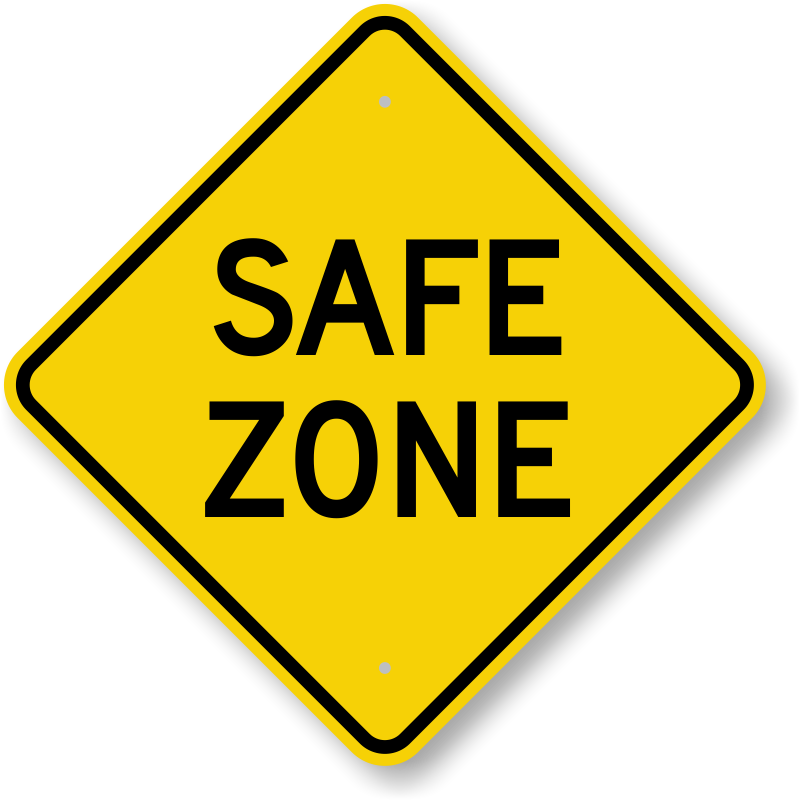by Pete Hall and Kristin Souers
Imagine you are sitting at your favorite restaurant, enjoying a peaceful meal with a dear friend. You’ve got a quiet table near a window that overlooks a rippling brook, the wind blowing gently on tree branches and flowery bushes nearby. Your conversation is warm and easy, each of you exchanging stories and smiles, and the aromas and tastes of delicious foods round out the setting.
How might you suspect your body is responding to this situation? Most likely, your heartbeat is rhythmic and settled, your temperature is normal, and your peripheral vision allows you to take in your surroundings far and wide. You’re probably calm, at peace, tranquil, and very much in tune with life.
Now imagine your peaceful meal being interrupted by a loud crash. The building begins to shake. Glasses shatter as they hit the floor. Screams of panic surround you as tree branches whip against the windows and the lights flicker. Your dear friend’s eyes are wide with fear.
How is your body responding to this turn of events? Perhaps your heart rate has increased. Your breathing may be sharper, shallower, and quicker. Maybe the scope of your vision has narrowed, you may feel flushed, and you could be feeling your skin tingling. Your focus has shifted from enjoying a peaceful meal with a friend to surviving this harrowing event.
That’s your brain at work, doing what it’s supposed to be doing.
We’re wired to respond to threat and danger by going into flight-fight-freeze-fawn mode. This is an evolutionarily-developed, biological response to trauma.
Flight: To run away from danger
Fight: To face a perceived threat aggressively
Freeze: The inability to act in the face of danger
Fawn: To try to please another in order to avoid harm
Though our bodies have developed a highly adaptive, automatic response to life-threatening situations, other stressors in our daily life, school, work, and relationships can prompt this neurobiological response. Deadlines, complicated projects, arguments with loved ones, traffic jams can jolt us into a degree of survival mode.
For young people, trauma can include the original 10 ACEs (read more here: https://www.cdc.gov/violenceprevention/aces/about.html), as well as events like parents being deployed, loss of a pet, academic struggles, phobias, pressure to succeed, being bullied, living in the midst of a lingering pandemic, you name it.
Often, the experience of stress activates the release of chemicals that shift children’s focus from a calm, rational, processing state of mind into a safety-seeking heightened sense of alert. And they behave in ways, automatically, often without thinking, that a) lead them towards safety, and b) can quite likely irritate folks around us, disrupt the classroom setting, and/or even hurt others. Keep in mind, what has become a comfortable pattern of coping behavior doesn’t necessarily equate to being a healthy choice.
In our work with schools, clients, and families, we introduce this “Hand Model of the Brain,” (as first shared by Dr. Dan Siegel from UCLA, to whom we owe a huge debt of gratitude: https://drdansiegel.com/) as a way for young people (and not-so-young people, as a matter of fact) to get in touch with the natural, biological responses we have to becoming stressed, angry, scared, anxious, and/or dealing with something intense.
When we can understand what’s happening within us, biologically, we can begin to make sense of it. And with that comes a feeling of relief, allowing us to acknowledge, “Oh, of course that’s how I’m reacting – my amygdala sensed danger,” instead of “What the heck is wrong with me, and why am I acting like this?”
Change begins with awareness, and when we can recognize the signs that our brains are prepping for the release of cortisol and adrenaline into our system, we can take some steps to intentionally calm ourselves down: take a break, get a drink of water, go for a walk, listen to a favorite song, practice meditation, exercise, call a loved one, color in a picture, or some other strategy that works for us.
Want to learn more? Contact us to discuss some options.
If you want a more detailed, technical explanation of how the brain responds to stress, read this: https://www.health.harvard.edu/staying-healthy/understanding-the-stress-response










